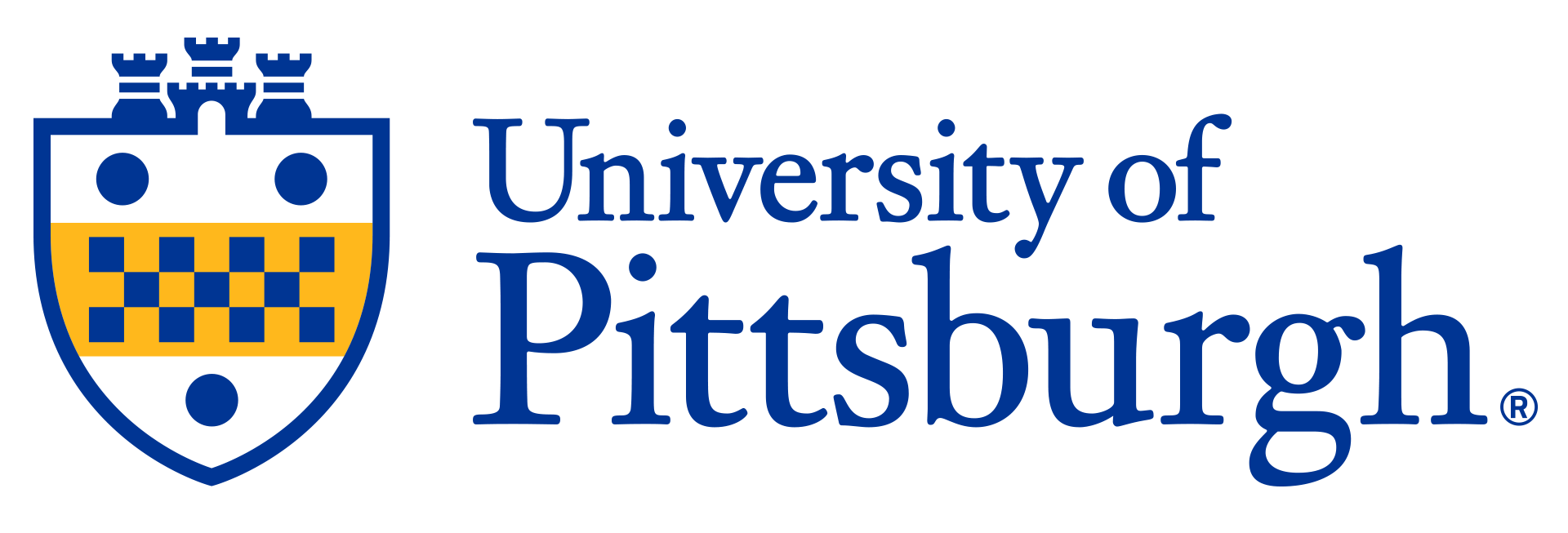

Mesenchymal Stem Cell Culture Method for Generating Implantable, Native-like Cartilage Tissue
This approach begins by expanding mesenchymal stem cells (MSCs) in vitro on a culture surface until they produce a continuous cell–extracellular matrix composite. A brief exposure to a mild dissociating agent, such as trypsin-EDTA at a precise concentration and duration, induces cell rounding while preserving attachment to the self-deposited matrix. After removal of the enzyme, the construct is placed in a chondrogenic medium—optionally enriched with growth factors like TGF-β3—and maintained under physiological or hypoxic (around 2% O₂) conditions. Over several weeks, this regimen drives the formation of a live cartilage-like tissue exhibiting compressive stiffness approaching that of native cartilage, minimal expression of hypertrophic or calcification markers, and excellent readiness for integration with host cartilage. Both autologous and non-autologous MSC sources can be employed.
Description
This technology stands out by combining scaffold-free matrix cues with controlled enzymatic modulation to foster uniform chondrogenesis without the drawbacks of pellet or synthetic scaffolds. Hypoxic culture during differentiation not only accelerates matrix deposition but also suppresses undesirable hypertrophy more effectively than normoxia. The resulting material’s biomechanical properties, low calcification risk, and seamless host integration distinguish it from conventional cartilage-engineering methods and offer a versatile platform for repairing defects with tailored MSC sources.Applications
- Osteoarthritis cartilage implant- Sports injury cartilage grafts
- Joint reconstruction scaffolds
- Autologous cartilage repair therapy
Advantages
- Generates cartilaginous tissue with compressive stiffness closely matching native cartilage- Exhibits reduced hypertrophic and calcification marker expression
- Integrates readily and stably with host cartilage upon implantation
- Compatible with autologous, allogeneic, or xenogeneic MSC sources
- Hypoxic culture accelerates matrix formation and further suppresses hypertrophy
- Produces live, implantable cartilage material suitable for repairing defects